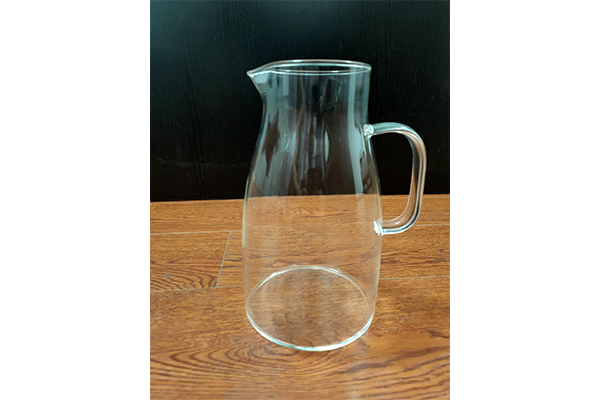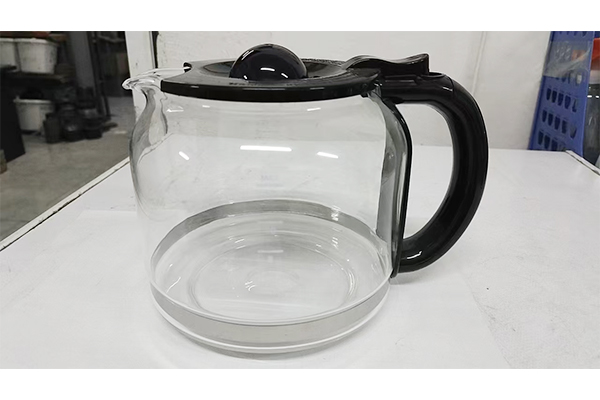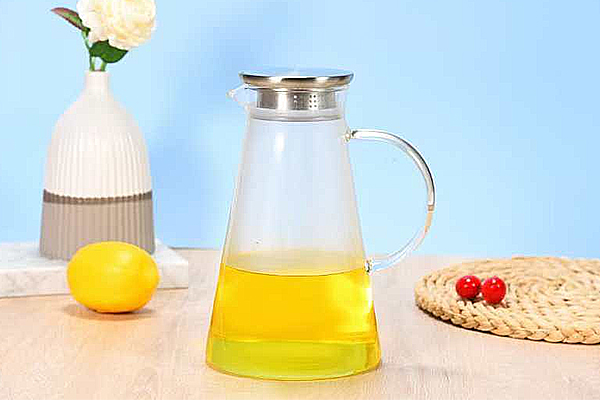What is the relationship between the cleaning convenience and structural complexity of a cool water bottle? How can we design a structure that is easier to clean?
Release Time : 2025-07-17
There is an irreconcilable contradiction between the cleaning convenience of the cool water bottle and its structural complexity. In order to achieve functions such as cold preservation and leak prevention, designers often add sealing rings, multi-layer locking structures or special-shaped parts, but these complex designs often become obstacles to cleaning. Gaps, dead corners and hard-to-reach parts will hide water and residues, making cleaning cumbersome. Only by understanding the root of this contradiction can we find a balance between function and hygiene, making the cool water bottle both practical and easy to care for.
The more complex the structure, the more obstacles encountered during cleaning. In order to prevent leakage, the bottle cap will be designed as a multi-layer nested structure, and the joints between the sealing ring and the thread are prone to form small gaps, which are difficult to clean with bare hands; in the styles with straws, the narrow space on the inner wall of the straw and the connecting part is even more difficult to hide dirt and filth, and long-term incomplete cleaning will breed odors; some special-shaped bottles that pursue a sense of shape have concave and convex curves on the inner wall that make it difficult for the rag to fit, leaving a blind spot for cleaning. With each additional functional component, the cleaning steps may become more cumbersome. Users often reduce the frequency of cleaning because they find it troublesome, which affects the hygiene and safety of use.
Simplifying the structure is the core idea of improving the convenience of cleaning, but the premise is that the necessary functions cannot be sacrificed. The integrated bottle body can reduce the gaps in the joints, and the inner wall is smooth and seamless, so the rag can slide smoothly over every place when cleaning; the wide-mouth design is more convenient to reach out and wipe directly than the narrow mouth, without relying on special tools, especially suitable for cleaning the residual traces of beverages; if the straw function is required, the detachable design will be more friendly than the fixed one. The straw and the bottle cap are connected by a simple buckle, and can be rinsed separately after disassembly to avoid hidden cleaning dead corners. This "subtraction" design can make the cleaning process easier without affecting the cold preservation and leak prevention.
The selection of materials and the coordination of structural design can reduce the adhesion of dirt and make cleaning more labor-saving. The inner wall is made of smooth food-grade material, and beverage residues are not easy to adhere and can be removed by simple rinsing; the sealing ring of the bottle cap is made of materials with good elasticity and smooth surface, which can not only fit the cap tightly to reduce gaps, but also be easy to remove and wash separately; the bottom of the bottle is designed to be a slightly concave arc, which, combined with the smooth inner wall, can guide the water flow to converge and discharge, avoiding water accumulation. The synergy of this material and structure can change cleaning from "scrubbing hard" to "easy rinsing", reducing the cleaning burden of users.
The reasonable design of the detachable structure is the key to balancing function and cleaning. Completely non-detachable complex structures are bound to be difficult to clean, and excessive disassembly will lead to assembly troubles and easy loss of parts. It is most appropriate to split the bottle cap into two or three core parts, which can be easily disassembled without tools through snap connections; the sealing ring is embedded in the groove and can be removed with a light pull; if necessary, the filter device can be fixed by magnetic suction, which is easy to take and put. Such a design can not only retain the functions of leak prevention and filtration, but also allow each component to be thoroughly cleaned, avoiding the dilemma of "difficult to disassemble and install".
The "no dead angle" treatment in the details can eliminate hidden blind spots for cleaning. The thread groove inside the bottle cap is prone to residual liquid. The shallow tooth design combined with the tiny drainage hole at the end allows the liquid to flow out smoothly; the transition between the bottle shoulder and the bottle body adopts a large arc fillet instead of a right angle or sharp angle to prevent the rag from "getting stuck" here; the inner wall of the straw interface is made into a smooth chamfer, which can not only ensure tight assembly, but also allow the water flow to smoothly flush the gap. These seemingly minor changes can greatly reduce the dead angles for cleaning, especially prevent odor and mildew after long-term use.
Structural design based on user habits can lower the psychological threshold for cleaning. Mark simple cleaning step diagrams on the bottle body to indicate the location and disassembly method of detachable parts; design a structure that is easy to drain, such as the bottle cap can be naturally tilted when opened to help the accumulated water flow out; some models can also integrate auxiliary cleaning functions, combined with easy-to-clean basic structures, so that users can maintain hygiene without wiping. This design logic of "making cleaning simple" can make users more willing to take care of it regularly, thereby maintaining the hygiene and service life of the cool water bottle.
A precise balance needs to be found between the structural complexity and cleaning convenience of the cool water bottle. Excessive complexity will make cleaning difficult, and oversimplification may sacrifice necessary functions. Excellent design should retain the core structure that achieves cold preservation and leak prevention, remove redundant parts, eliminate dead corners through material matching and detail optimization, and make the cleaning process efficient and easy. This balance is not only about hygiene, but also affects the user's long-term dependence on the product - after all, a cool water bottle that is easy to clean will be used continuously and safely.







